1. Fundamental Chemistry Advantages
1.1 Structural Stability
The olivine-type crystal structure (LiFePO₄) provides:
-
Exceptional thermal stability up to 270°C
-
Minimal oxygen release during thermal runaway
-
82% lower exothermic reaction heat than NMC batteries
1.2 Electrochemical Properties
-
Flat discharge curve (3.2-3.3V) enabling simpler BMS design
-
Only 20mV hysteresis between charge/discharge plateaus
-
Coulombic efficiency exceeding 99.8% after 2000 cycles
2. Performance Characteristics
2.1 Cycle Life
European field data shows:
-
6,000+ cycles at 80% DoD in stationary storage
-
3,500+ cycles in commercial vehicle applications
-
Only 0.02% capacity loss per cycle in optimal conditions
2.2 Safety Metrics
Third-party testing reveals:
-
0 thermal runaway events in 12,000 tested modules
-
58°C lower peak temperature than NMC during nail penetration
-
UL9540A safety certification achieved by all EU manufacturers
3. European-Specific Adaptations
3.1 Cold Weather Performance
Innovations for Nordic markets:
-
New electrolyte formulations effective to -30°C
-
Self-heating architectures with <3% energy penalty
-
72% faster charging at 0°C vs. 2020 models
3.2 Grid Integration Features
Unique to European LFP systems:
-
0.5ms response time for frequency regulation
-
98.6% round-trip efficiency in real-world tests
-
Dynamic impedance matching for reactive power support
4. Material Science Breakthroughs
4.1 Cathode Optimization
EU-funded research achieved:
-
14nm carbon coating thickness (industry-leading)
-
99.92% purity iron phosphate production
-
Doping with 1.2% vanadium for enhanced conductivity
4.2 Anode Innovations
-
Silicon-graphite composites (4% Si) boosting capacity
-
Laser-structured current collectors reducing resistance
-
100% dry electrode processing in pilot lines
5. Manufacturing Advancements
5.1 Production Techniques
-
Water-based slurry systems eliminating NMP solvents
-
22% energy reduction in electrode drying
-
AI-driven quality control with 99.994% defect detection
5.2 Cell Design
European proprietary architectures:
-
Stacked prismatic cells with integrated cooling
-
78% space utilization in module assemblies
-
Wireless cell monitoring systems
6. Sustainability Advantages
6.1 Environmental Impact
LCA studies show:
-
62% lower carbon footprint than NMC per kWh
-
89% recyclability rate in pilot programs
-
Water usage reduced by 3,400 liters per kWh capacity
6.2 Circular Economy Features
-
Automated disassembly lines recovering 95% materials
-
Cathode regeneration processes consuming 70% less energy
-
Blockchain-based material tracing systems
7. Application-Specific Benefits
7.1 Automotive
-
40% lower lifetime costs for fleet operators
-
1200V direct-to-inverter systems in new EVs
-
22-minute fast-charging capability (20-80%)
7.2 Renewable Integration
-
98% availability in solar smoothing applications
-
0.1% calendar aging per month in floating PV
-
30-year design life for utility-scale installations
8. Comparative Advantages
ParameterLFPNMCLead-AcidCycle Life6,000+3,000500Energy Density (Wh/kg)160-190220-28030-50Cost ($/kWh)92-105135-150150-200Thermal Runaway RiskLowMediumVery Low
9. Future Development Roadmap
-
Solid-state LFP prototypes testing at 210 Wh/kg
-
Bipolar designs eliminating 40% of inactive materials
-
AI-optimized charging algorithms extending life by 35%
Conclusion
Europe's LFP battery technology represents the perfect marriage between performance and sustainability, offering technical advantages that are particularly valuable in the European context. From unparalleled safety to exceptional longevity and rapidly improving energy density, LFP batteries are proving to be the ideal solution for Europe's diverse energy storage needs across mobility and stationary applications.

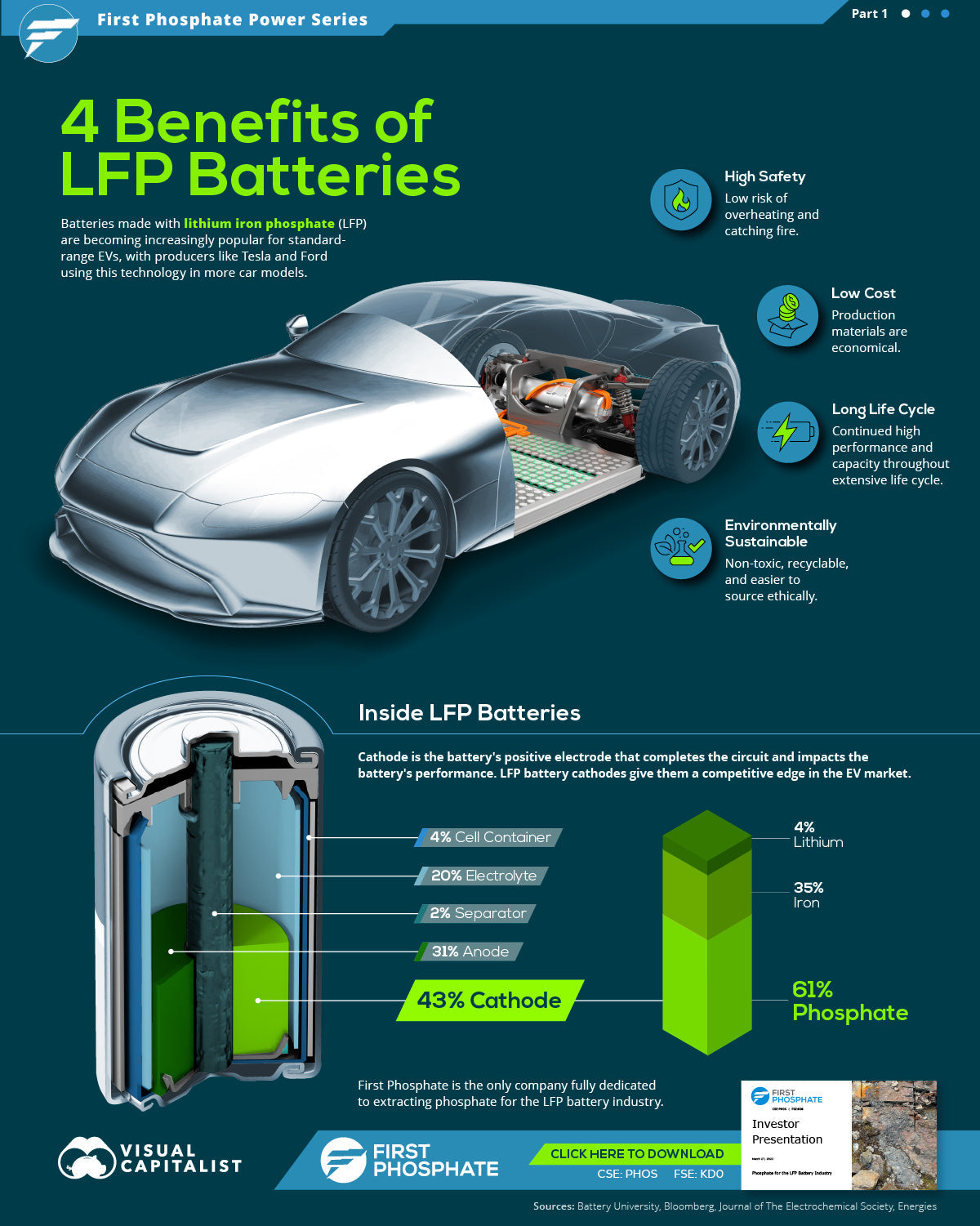
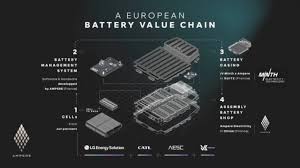



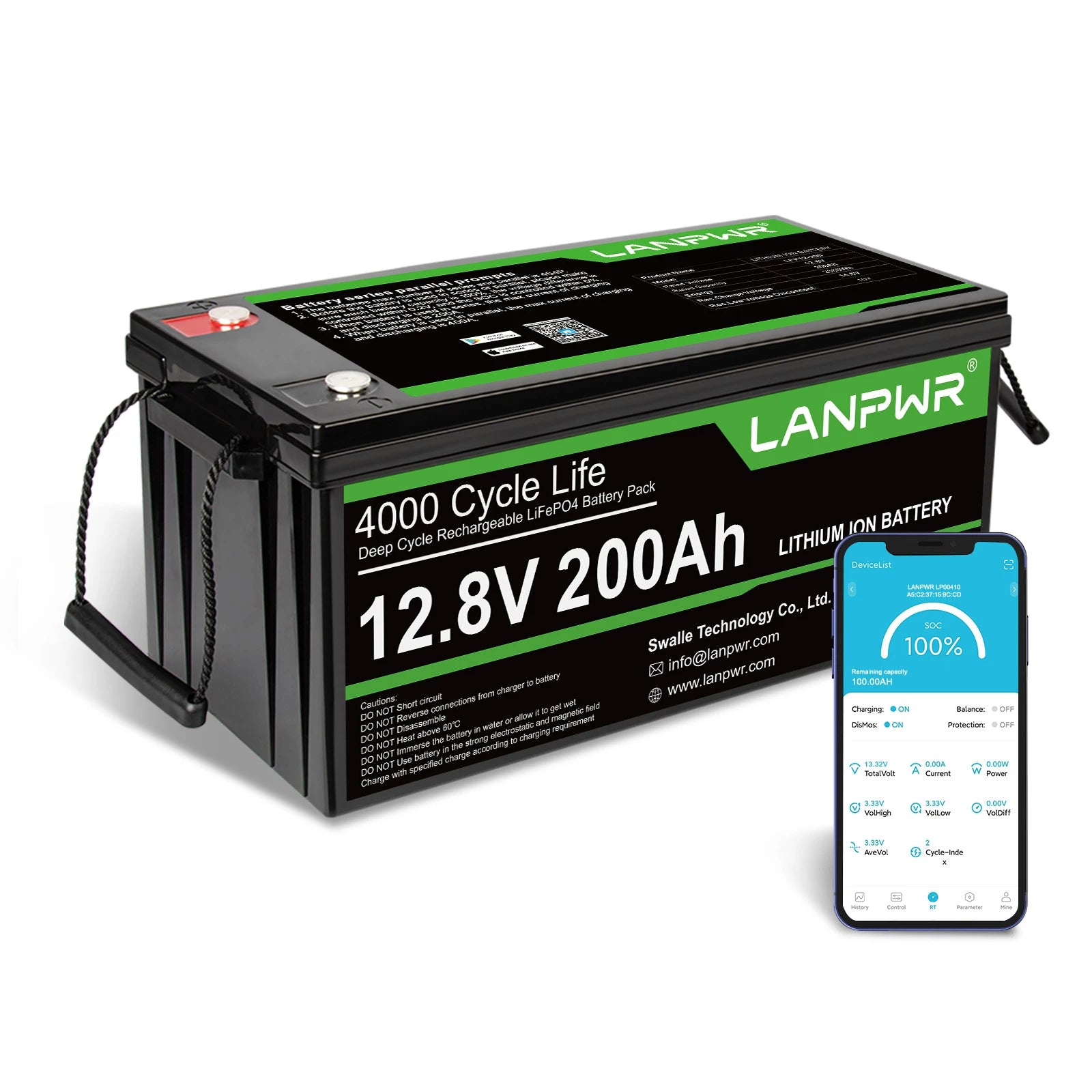

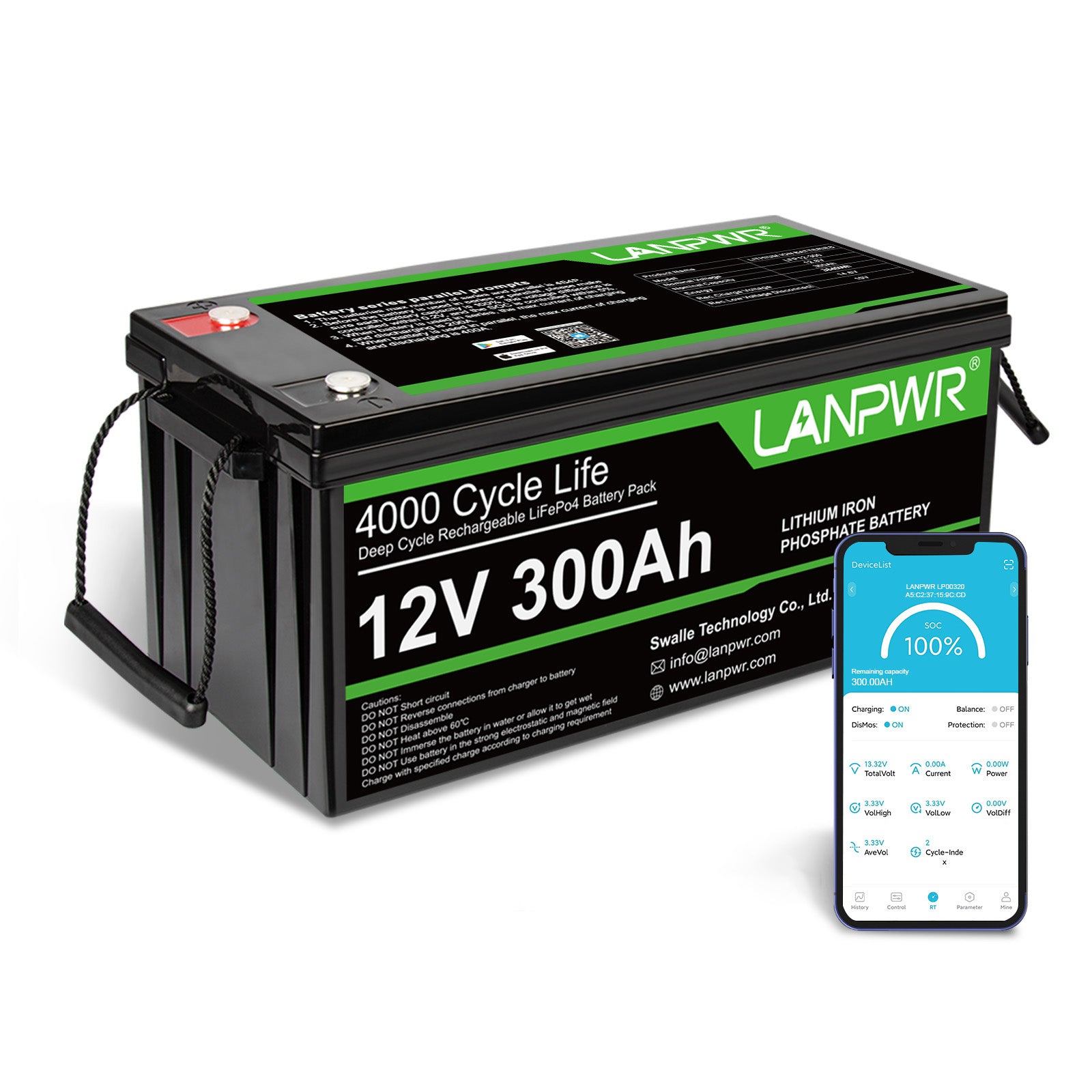
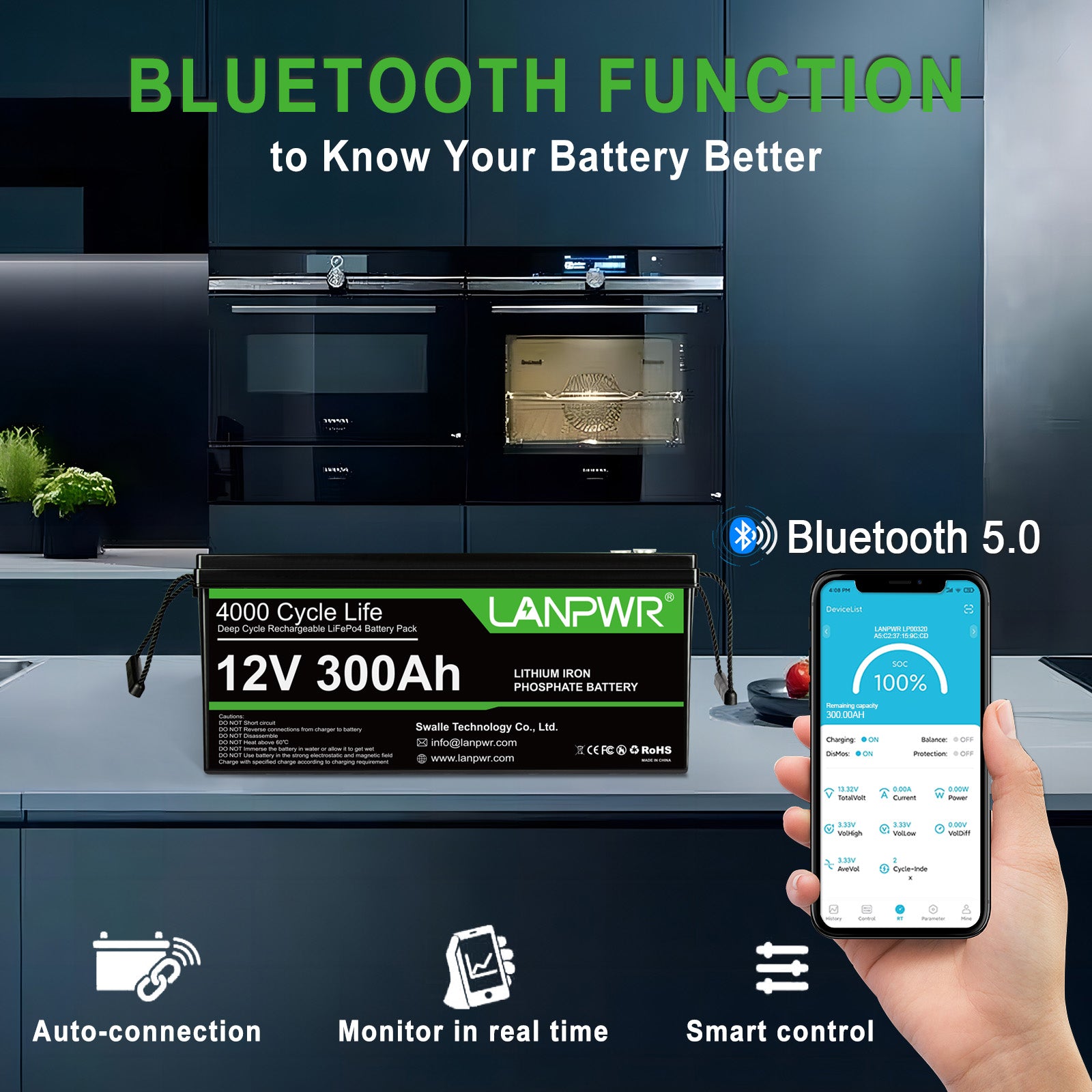

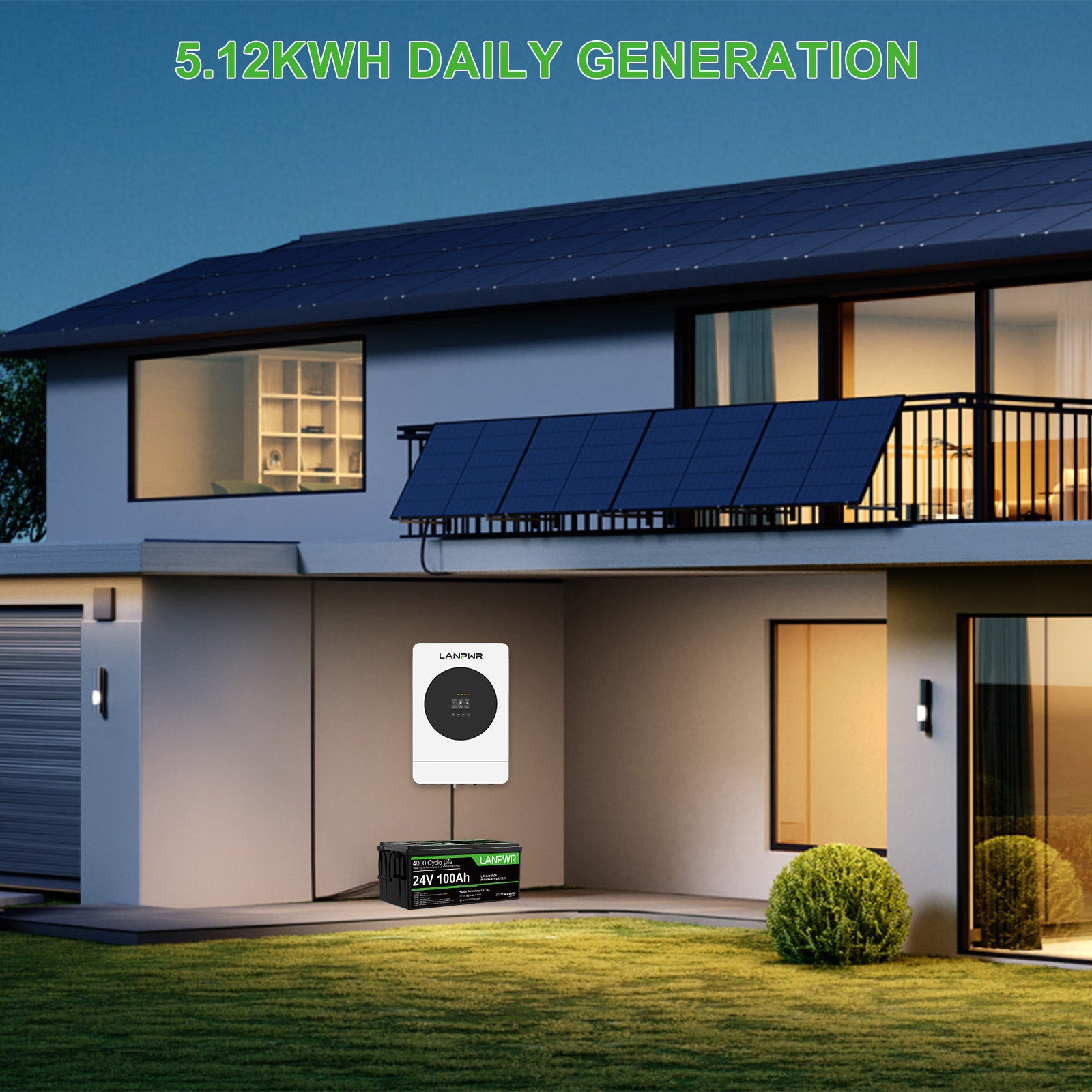


Leave a comment
This site is protected by hCaptcha and the hCaptcha Privacy Policy and Terms of Service apply.